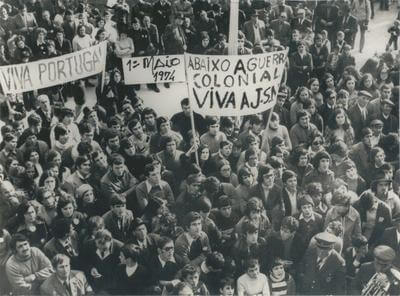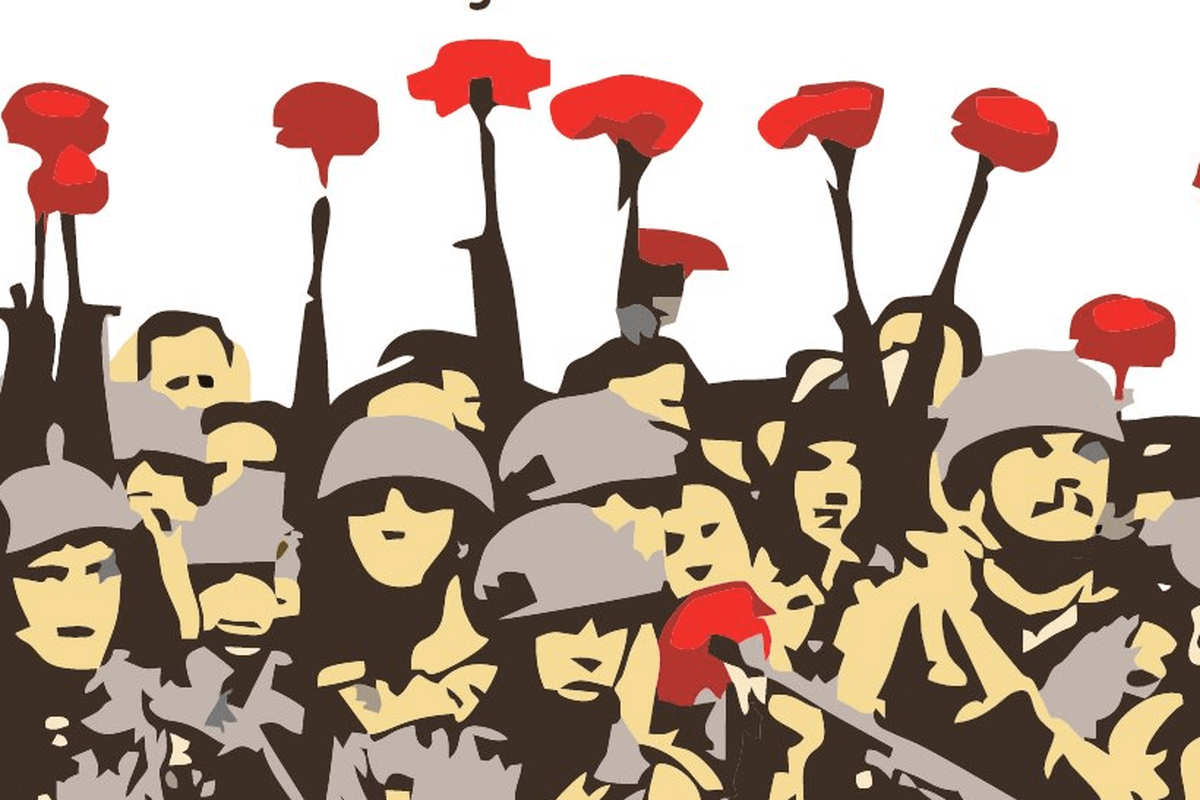A decisive year. Portugal no longer gives in. Since 1926, dictatorship has reigned. It suffocates, terrorizes and oppresses. The world of Salazar and Marcelo Caetano is coming to an end. On April 25, 1974, the Revolution began.
Dictatorship and overseas wars
By the middle of the 20th century, Portugal found itself in an unstable socio-economic situation. The African colonies demanded independence, while the Portuguese demanded freedom and peace.
Many young men emigrated clandestinely to escape the horrors of compulsory military service. PS: This is the case of Fernando, in the new Netflix series Gloria, who prefers to (literally) shoot himself in the foot, rather than go into battle.
Marcelo Caetano, Salazar’s successor, continued to fight and maintained the authoritarian regime. Conflicts raged in Mozambique, Angola, Guinea and other African colonies, mobilizing 800,000 soldiers and a third of the Portuguese budget.
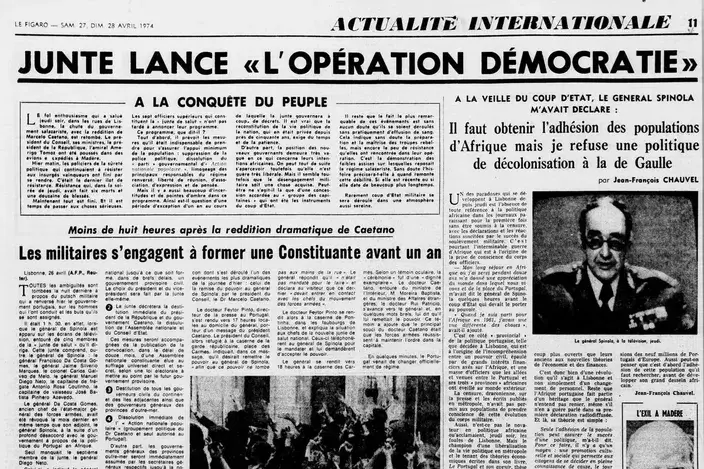
The Revolution
It’s too much. On April 25 1974 at 12:30 a.m. the revolution broke out. General Spínola took charge of the rebellion to avoid confrontation.
The aim is not to replace one dictatorship with another. The aim was not to stage a coup, but to force the dictator Marcelo Caetano to resign. The conspirators rallied in Lisbon, and 24 hours later, almost without bloodshed, victory was declared. The Armed Forces Movement had just accomplished the fastest and least deadly revolution in the West.
The state police, the PIDE, did not hesitate to open fire, killing 4 people. The MFA, on the other hand, had fought peacefully, with a red carnation placed at the end of the barrel of their rifles.
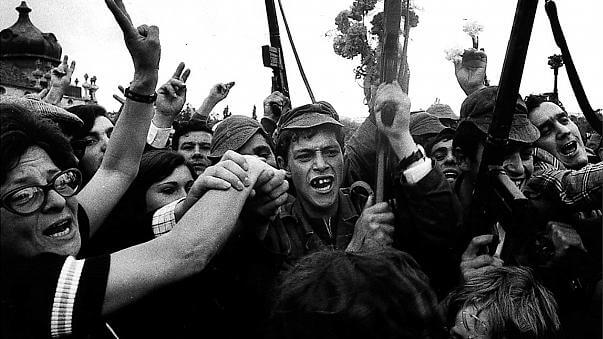
The symbols of April 25
Grândola Vila Morena
Terra da Fraternidade,
O povo é quem mais ordena
Dentro de ti, ó cidade… “
“Grândola, brown city,
Country of Fraternity,
It’s the people who rule
Here, oh city “
As soon as the radio station Rádio Renascença broadcast this song by José Antonio, the signal was given. The moment when it all began. The start of a Revolution quite different from the one France experienced in 1789…
Eyelets
On Lisbon’s main avenue, a vendor offered the soldiers her seasonal flowers: red carnations. From then on, the people of Lisbon began to hang these blood-colored flowers from rifles and soldiers’ buttonholes, creating a distinctive Portuguese symbol.
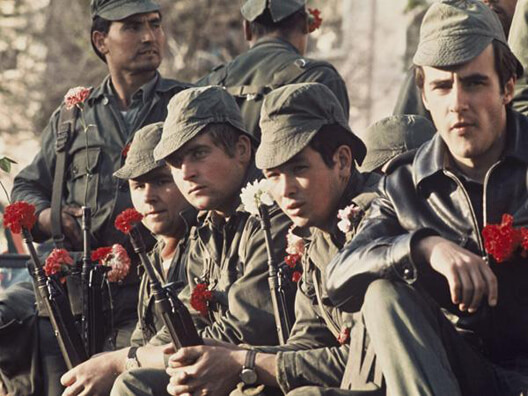
Rebuilding the country
Although this victory was a joy and a liberation for the country, the organization had to be rethought.
Political prisoners were released the very next day, and the state police (PIDE) was abolished. It was not until May 15 1974 that Spínola became President of the Republic, setting up a provisional government, before being replaced by General Costa Gomes.
Freedoms were restored and negotiations opened with the independence fighters in the colonies. Shortly afterwards, these nations became free: Guinea-Bissau in 1974, followed by Angola, Mozambique, Cape Verde and São Tomé e Príncipe the following year.
Nevertheless, Spínola’s attempted coup d’état in 1975 showed that dictatorial tendencies were still present. Two years to the day after the French Revolution, the legislative elections marked the first concrete steps towards a parliamentary democracy.
Portugal did not join the European Union until 1986, which completely normalized its political, economic and social situation.
